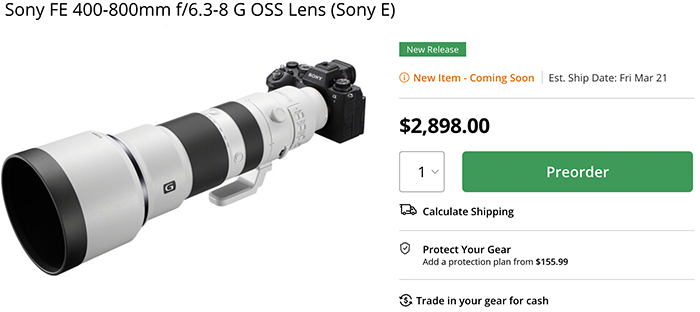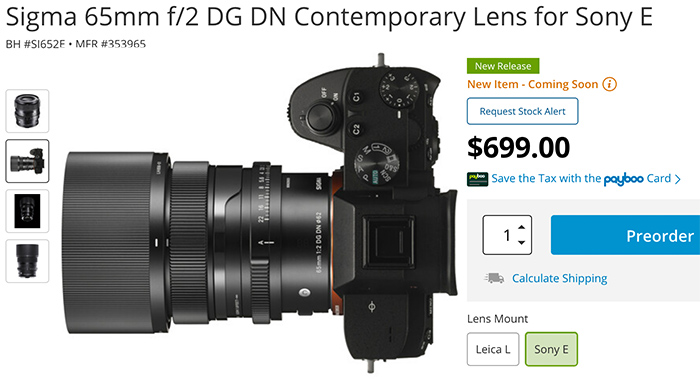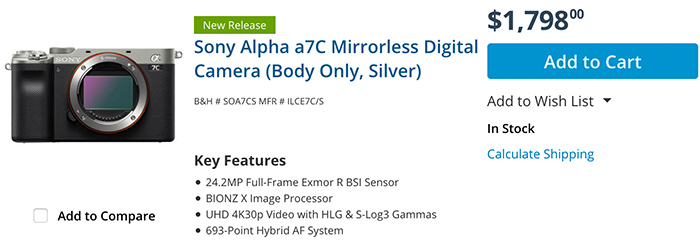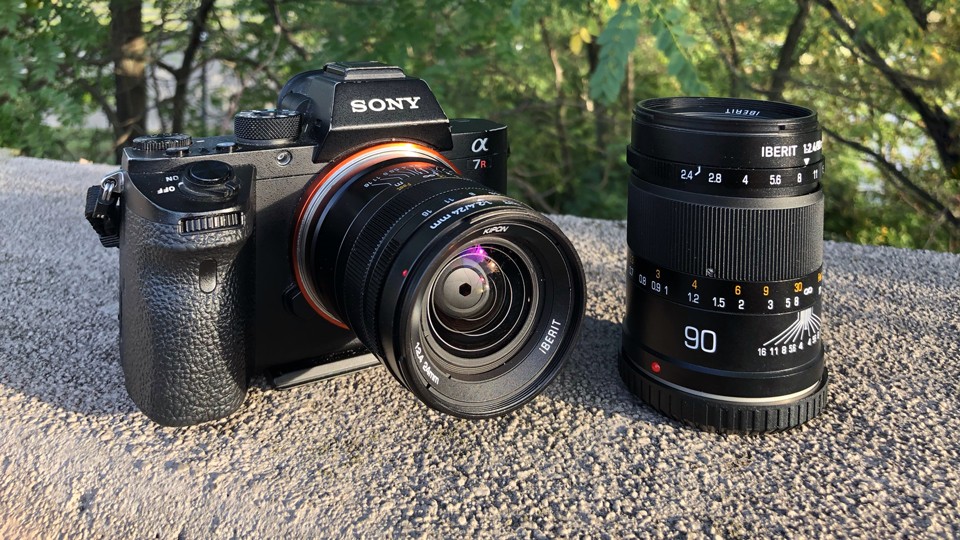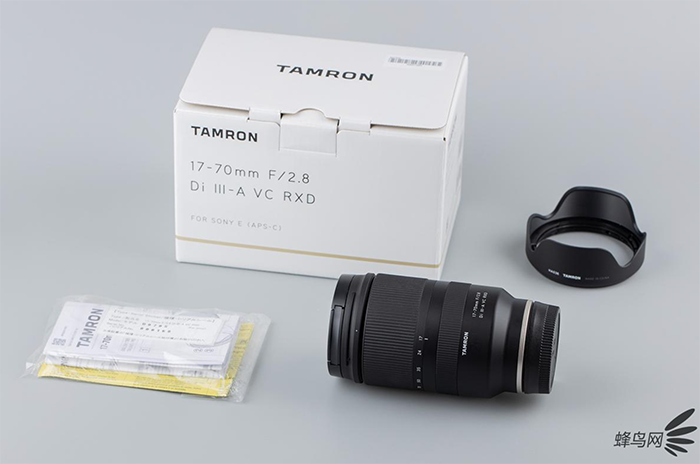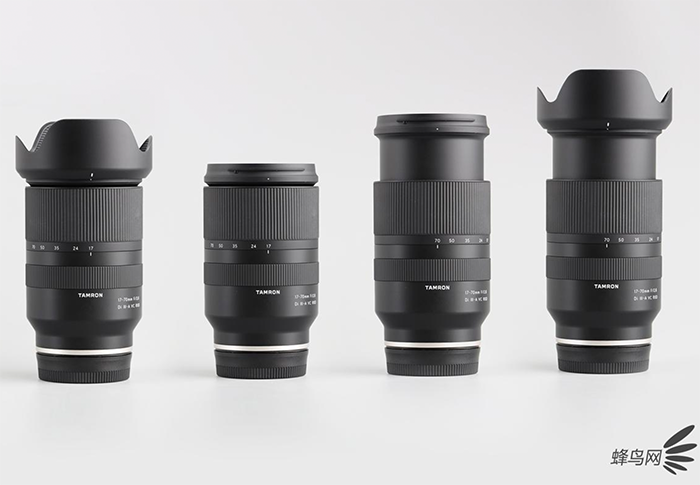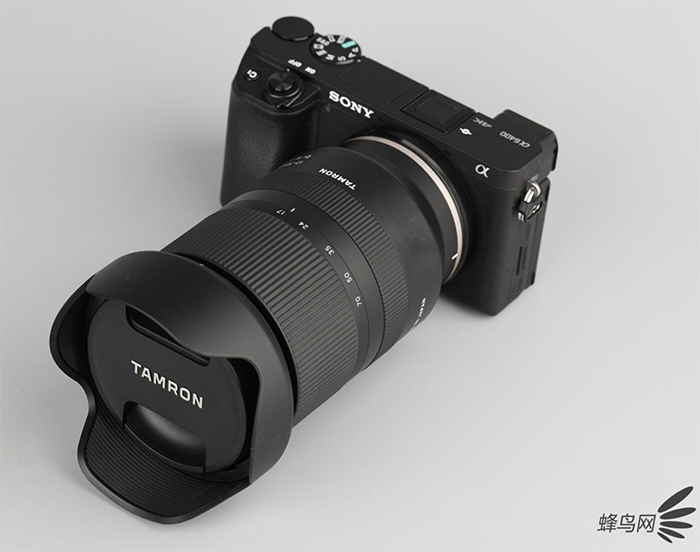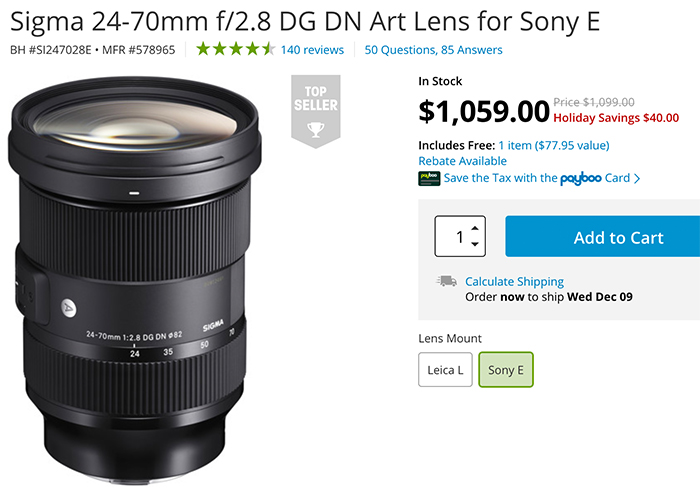First worldwide review of the Tamron 17-70mm f/2.8 for APSC by Marc Alhadeff
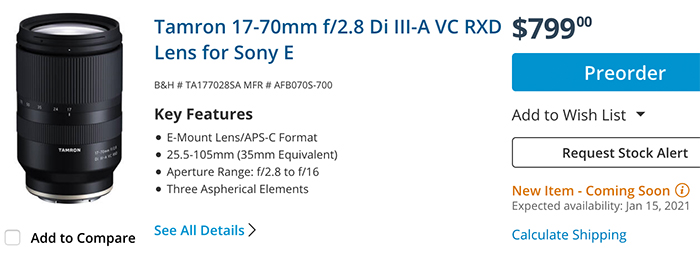
New Tamron 17-70mm f/2.8 are now open at BHphoto, Adorama, Focuscamera.Calumet Germany and Wex UK.
Marc Alhadeff from Sonyalpha.blog tested the new
The Tamron 17-70mm F2.8 Di III A-VC RXD (900 euros) is a very good lens for all Sony APSC bodies and can produce high quality photos. It delivers very good to excellent sharpness, with a reliable AF, soft background blur, very good color rendering and optical stabilization that will be particularly useful in video.
Its only weaknesses are its shaprness wide open art 70mm (only good) and the Bokeh balls that exhibits strong onion ringsThe choice between the Tamron and the Sony E 16-55mm F2.8 G (1300 euros) is not obvious. The Sony can now be found at 1170 euros and benefit often from 100 euros Sony cash back. So price will be quite close. Performances in term of sharpness , background blur, AF, color rendition are not a differentiating factor neither so the choice will be more in favor of the
- Sony for its more compact form factor and better bokeh balls , specially if you have the A6500 or A6600 (with sensor stabilisation), better sunstars and flare resistance
- Tamron if video is important for you and you have a body without sensor stabilisation like the A6000, 6100, 6300, 6400 and if the bokeh balls with onion rings do not matter to you
Highly recommended
